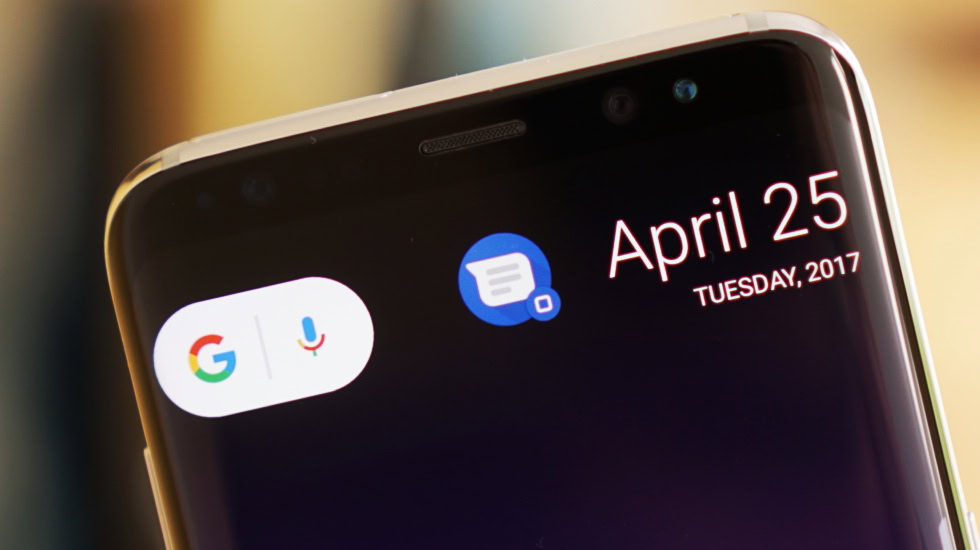Affiliate links on Android Authority may earn us a commission. Learn more.
HUAWEI will bring RCS to its smartphones via Android Messages
Published onJanuary 18, 2018

- HUAWEI will include Android Messages by default on its future Android phones.
- Android Messages supports Rich Communication Services (RCS) via Google’s Jibe platform.
- RCS allows users to use advanced messaging features like participating in group chats, location sharing, and sending high-quality pictures.
Google’s push for Rich Communication Services (RCS) dates back a couple of years, but adoption has been slow. RCS allows users to send high-quality pictures, participate in group chats, location sharing, and video calling. Other services like WhatsApp, Hangouts, and Kik provide features like this, but wouldn’t it be great if your default messaging app could too?

Huawei apparently agrees because it’s teaming up with Google to push RCS. The companies announced today that all HUAWEI phones going forward will include Android Messages as the default messaging app. Android Messages supports Jibe, Google’s RCS hub, by default. Having that default support built into the app makes it easier for carriers to support the standard. Other companies like Samsung are also pushing RCS, but have built their own RCS hub to do so.
While this is a positive step, RCS still has a long way to go before universal adoption. Carriers must support it, and so far there haven’t been many to do so. Sprint is the only US carrier to offer support, though T-Mobile was rumored to come on board at one point. Globally, Rogers, Orange, Deutsche Telekom, and Globe are among the 49 carriers to offer RCS messaging.
RCS is a promising technology and widely seen as the successor to SMS and MMS. But more manufacturers and carriers need to get on board for it to be widely accepted.